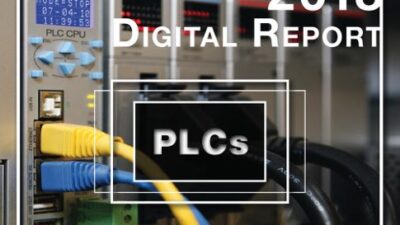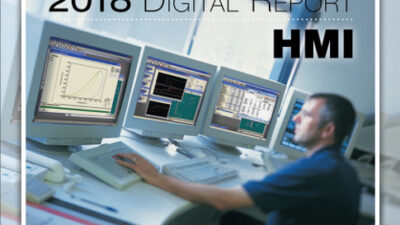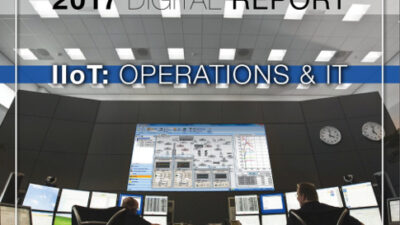Concept replaces expensive pallets and robots with easy-to-build programmable gantry style platforms..
Within the automotive industry, the flexible body shop has been a major innovation that permits multiple car bodies to be produced on the same line. Some older lines, however, use expensive pallets designed to hold specific body parts in place for different cars, or the parts may be held in place by complex programmable robots.
For example, four fixturing robots might be programmed to lift a vehicle body for spot welding. If the next vehicle were a different model, the robots would be reprogrammed to accommodate it. However, reprogramming these robots can be time consuming and costly because many robots have more than X-, Y- and Z-axis movements.
In conjunction with automotive-industry customers, Bosch-Rexroth developed a concept called the programmable lift platform (PLP), which replaces the expensive pallets and robots with simple programmable gantry-style platforms. These machines can easily be constructed over automotive assembly lines using modular automation components, such as ball screws, linear elements, PC control and electric servomotors and drives.
The PLP is designed for lift-and-locate applications and does not need or use more than three programmable axes. It is thus simpler to program and implement into an assembly line. PLP specifications are based on the part or body weight, its size, and how its weight is distributed.
PLP flexibility allows processing multiple vehicles or parts on the same production line without downtime to reset parameters or interrupt the line for model changeover. Along a “body in white” line, the PLP concept could be applied as an integrated cell that can move locking-pin points on each PLP to adjust for multiple body or component sizes without resetting parameters. For example, the PLP could be programmed to lift a vehicle so that a welding robot could perform tasks on car underbodies, fenders, frames, or other items.
A PLP also could be used to lift and locate components such as fenders into an assembly station, where a power head then could be moved into position to fasten it to the car body. The lift could be programmed to automatically change locking-pin parameters to the proper position for the next vehicle. Changing over to a different body type could be done automatically, triggered by, say, a bar-code reader.
A typical flexible body shop can accommodate up to four body styles. With the PLP concept, however, a line could handle any number of body styles with six PLP units controlled by one controller. This significantly reduces the number of control components and related costs and space requirements.
Previous attempts to develop PLP-like solutions have relied on combining components piecemeal from multiple manufacturers. This strategy has run into compatibility and logistics issues. Bosch Rexroth offers the motion control architecture, rotary and linear motion components, and operator interface, ensuring compatibility and a single point of customer contact. Ultimately, the PLP concept’s modularity comes together in nearly plug-and-play fashion, which allows OEMs to save valuable design and engineering time, reduce process complexity, and add new levels of productivity and flexibility.
—Rodney M. Rusk, automotive industry manager, and George Martin,director of product Development, Bosch Rexroth Corp. – Linear Motion and Assembly Technologies


